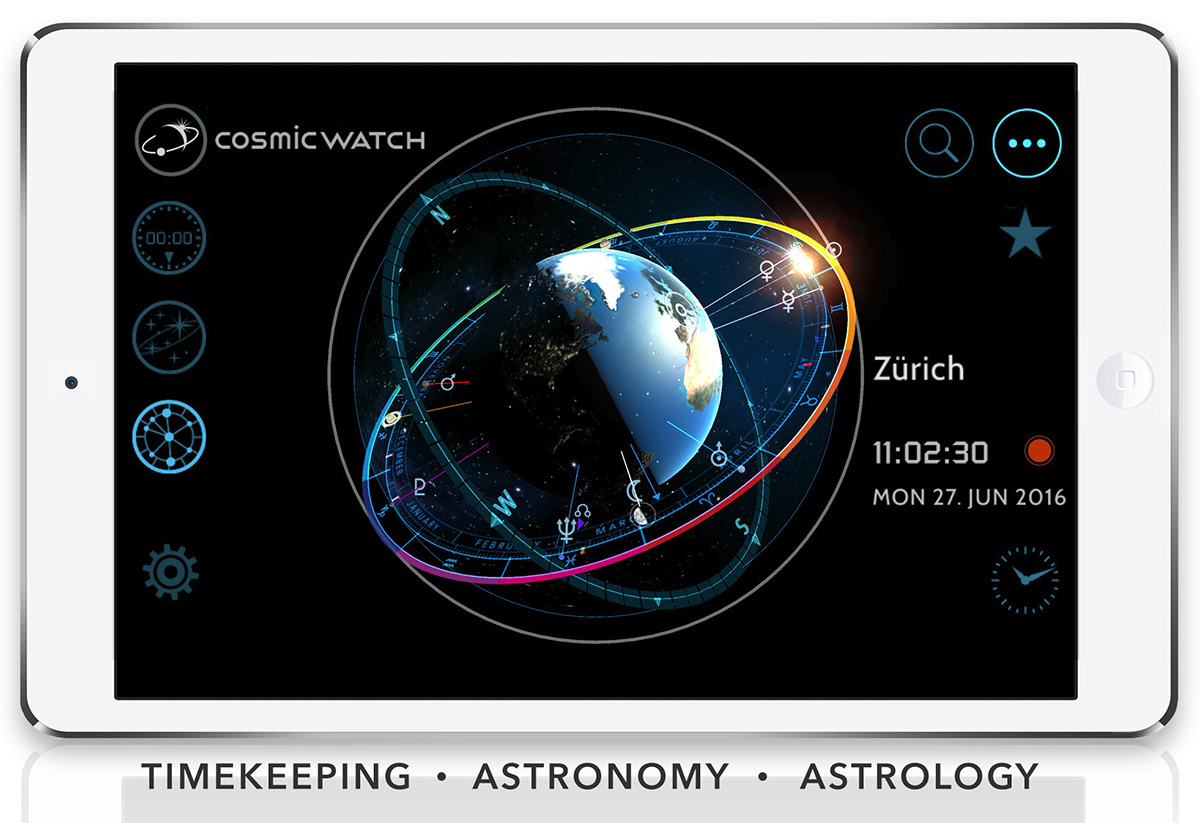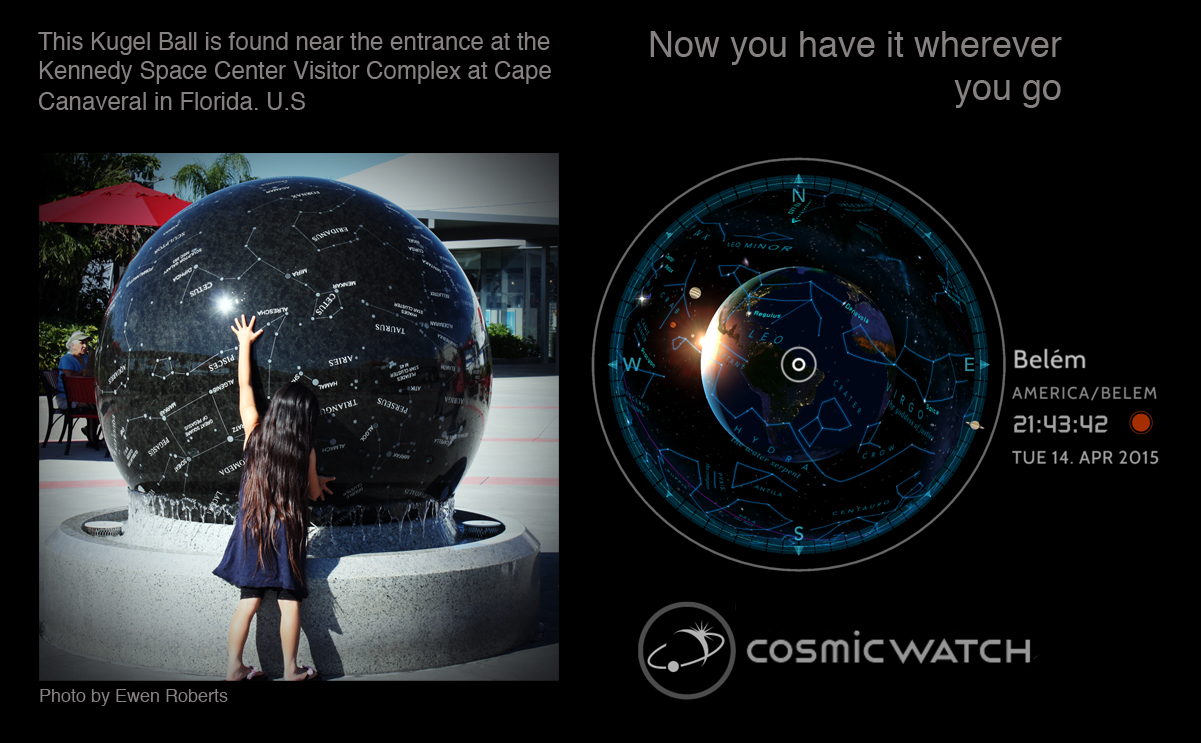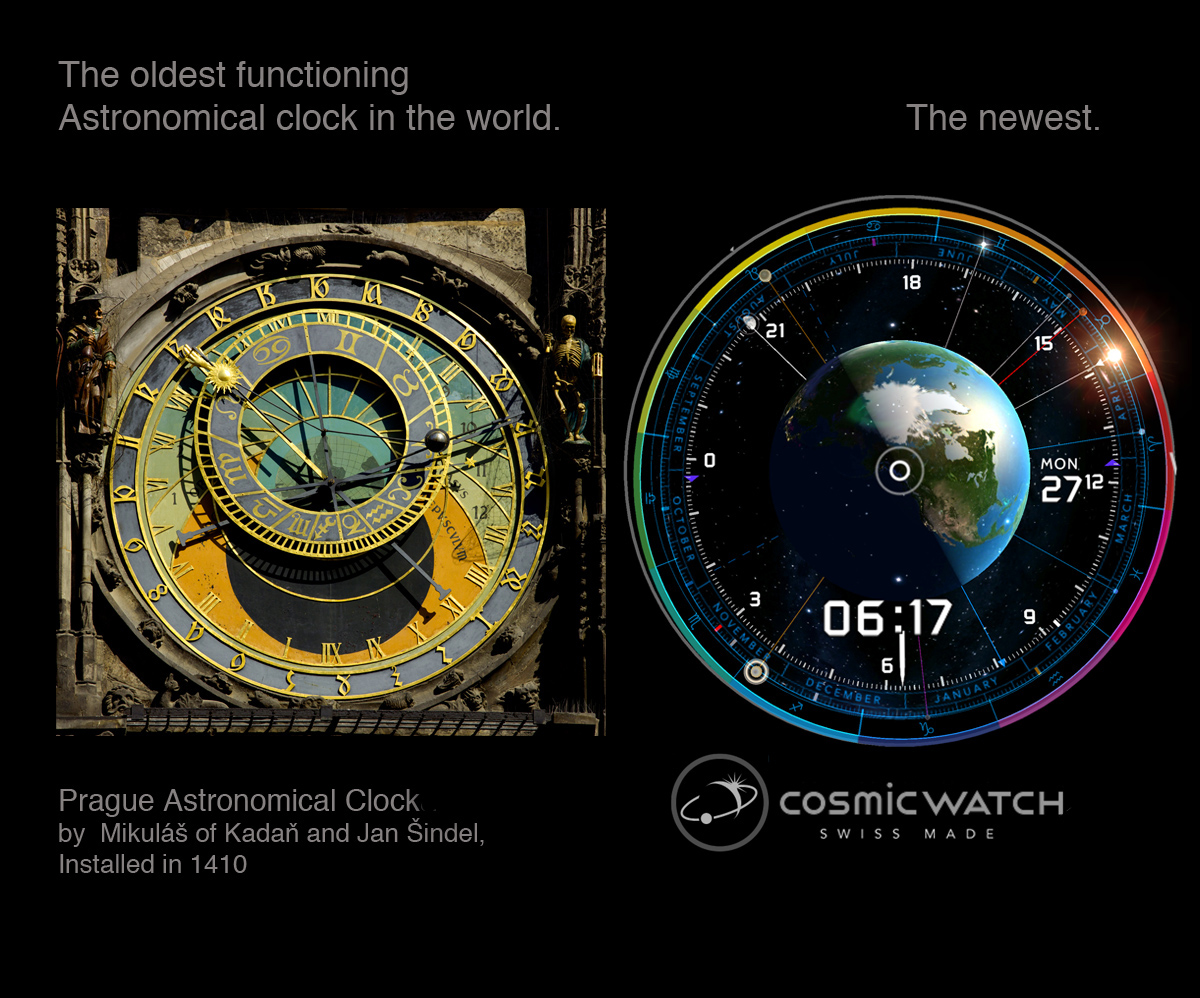Solstices: our Planet highest points
The June solstice occurs right now at 16:38 UTC. The North Pole of the earth will be tilted toward the Sun. This is the first day of summer in the Northern Hemisphere and the first day of winter in the Southern Hemisphere. ‘Solstice’ (Latin: ‘solstitium’) means ‘sun-stopping’. The point on the horizon where the sun appears to rise and set, stops and reverses direction after this day. Although the June solstice marks the first day of astronomical summer, the temperature usually doesn’t reach its annual peak until a month or two later. It’s because water, which makes up most of the Earth’s surface, has a high specific heat, meaning it takes a while to both heat up and cool down. Because of this, the Earth’s temperature takes about six weeks to catch up to the sun.
Although the June solstice marks the first day of astronomical summer, the temperature usually doesn’t reach its annual peak until a month or two later. It’s because water, which makes up most of the Earth’s surface, has a high specific heat, meaning it takes a while to both heat up and cool down. Because of this, the Earth’s temperature takes about six weeks to catch up to the sun. On the June solstice, the midnight sun is visible throughout the night, in all areas from south of the Arctic Circle to the North Pole. On the other side of the planet, south of the Antarctic Circle there’s Polar Night, meaning no Sunlight at all on the June Solstice.
On the June solstice, the midnight sun is visible throughout the night, in all areas from south of the Arctic Circle to the North Pole. On the other side of the planet, south of the Antarctic Circle there’s Polar Night, meaning no Sunlight at all on the June Solstice. The Earth is actually at its closest to the sun when the Northern Hemisphere experiences winter and is farthest away during the summer solstice. That is because the orbits of all the planets in our solar system—including Earth’s—are not perfectly circular, a phenomenon that was first explained by the 17th-century German astronomer Johannes Kepler.
The Earth is actually at its closest to the sun when the Northern Hemisphere experiences winter and is farthest away during the summer solstice. That is because the orbits of all the planets in our solar system—including Earth’s—are not perfectly circular, a phenomenon that was first explained by the 17th-century German astronomer Johannes Kepler.
Kepler figured out the orbits of the planets were “elliptical in shape and that the sun was offset from the center”. In the north we receive 7 percent less sunlight than the Southern Hemisphere does during its summer. The warmth of summer comes exclusively from the tilt of the Earth’s axis. On average, Earth is about three million miles—or about 3 percent—farther from the sun on June-july (aphelion) than in december-january (perihelion). The Tropic of Cancer—the latitude on Earth where the sun is directly overhead at noon on the northen summer solstice—got its name because when the ancients established it, the sun appeared in the constellation Cancer. The Tropic of Capricorn got its name for the same reason, the sun appeared during the southern solstice in the constelation Capricorn around the 21 of December. Solstices are the longest and shortest days of the year in planet Earth.
The Tropic of Cancer—the latitude on Earth where the sun is directly overhead at noon on the northen summer solstice—got its name because when the ancients established it, the sun appeared in the constellation Cancer. The Tropic of Capricorn got its name for the same reason, the sun appeared during the southern solstice in the constelation Capricorn around the 21 of December. Solstices are the longest and shortest days of the year in planet Earth.





